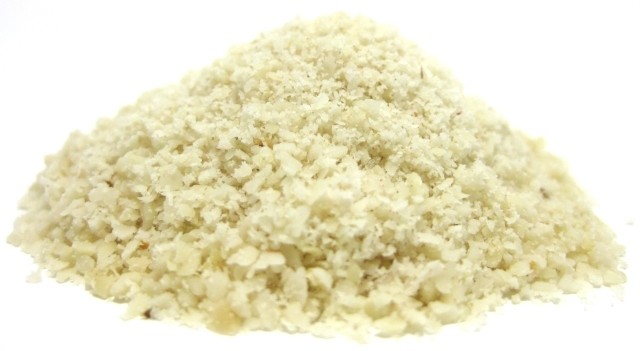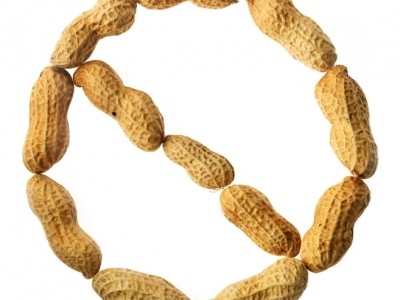Allergen-bound flour may offer new food allergy hope

Writing in the Journal of Agricultural and Food Chemistry, the team set out to design a new type of flour that could help control food allergies without causing dangerous side effects.
Led by Mary Ann Lila and her colleagues from North Carolina State University in the US, the team reported the development of a new type of flour that someday could be used in food-based therapies to help people better tolerate their allergy triggers, including peanuts.
The scientists developed a modified flour powder in which cranberry polyphenols were bound to peanut proteins. With this extra cargo, the peanut-containing powder triggered the beneficial desensitisation reactions, without provoking harmful allergic responses in laboratory tests with mice.
“Polyphenol fortification of peanut flour resulted in a hypoallergenic matrix with reduced IgE binding and degranulation capacity, likely due to changes in protein secondary structure or masking of epitopes, suggesting potential applications for oral immunotherapy,” said Lila and her team.
Study details
Lila and her colleagues investigated the allergenicity of a polyphenol-fortified peanut matrices prepared by complexing (binding) various polyphenol-rich plant juices and extracts with peanut flour.
“A series of fruit juices and plant extracts with different characteristic polyphenol profiles were stably complexed with peanut flour, and the modified peanut protein–polyphenol chimeric matrices were screened for qualitative changes in IgE binding capacity, secondary protein structure, basophil activation capability (ex vivo), and mast cell degranulation (in vivo), to gauge the potential for various polyphenol moieties to modulate allergenicity,” explained the team.
They found that the polyphenol-fortified peanut matrix reduced IgE binding to one or more peanut (PN) allergens - including Ara h 1, Ara h 2, Ara h 3, and Ara h 6.
Of all the fruit juice and plant extract polyphenols, Lila and her colleagues found that the peanut protein–cranberry polyphenol fortified matrix was the most successful - and triggered significantly less basophil degranulation than unmodified flour in lab tests using human blood, while less mast cell degranulation was found when the flour was used to orally challenge peanut-allergic mice.
“These results suggest that the cranberry polyphenol-fortified PN matrix is hypoallergenic and may have potential to serve as a safer second-generation ingredient for oral immunotherapy trials,” they wrote.
While other technologies for producing hypoallergenic peanut proteins have been described by previous research - including genetic engineering, high-pressure processing, enzymatic hydrolysis, and controlled Maillard type modifications – the team noted that there are challenging regulatory barriers, costs, and negative public perceptions associated with many of these approaches.
“In contrast, the technology we describe here is of food grade, is economical, and could be readily adapted to produce sufficient quantities of polyphenol-fortified PN matrices necessary for clinical applications,” said Lila and her colleagues.
“Importantly, this technology has also been demonstrated for a range of food grade plant and animal proteins, suggesting it could be readily adapted to treat other food allergies.”
Source: Journal of Agricultural and Food Chemistry
Published online ahead of print, doi: 10.1021/jf405773b
“Novel Strategy To Create Hypoallergenic Peanut Protein–Polyphenol Edible Matrices for Oral Immunotherapy”
Authors: Nathalie J. Plundrich, Mike Kulis, et al





